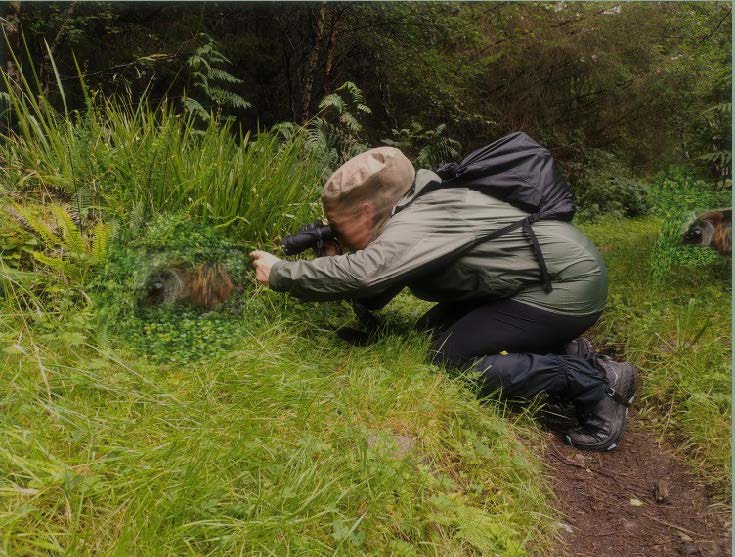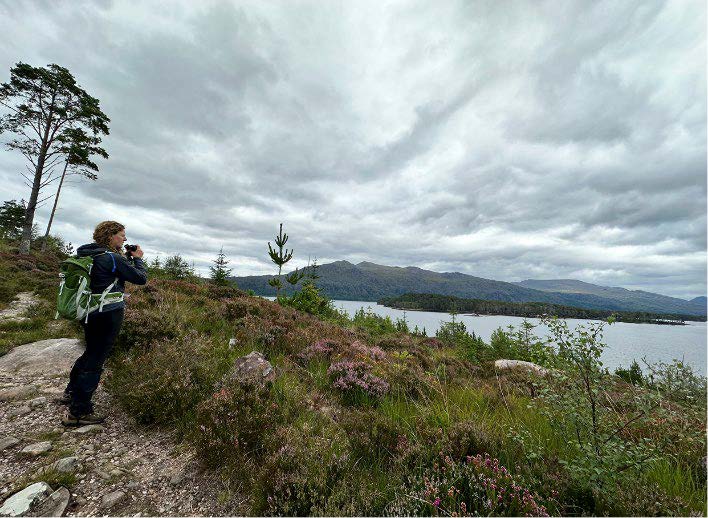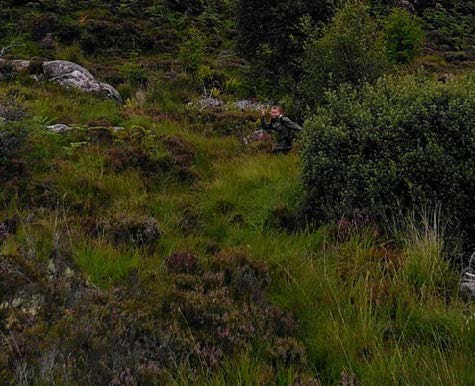Authors: Emma Cary, University of Aberdeen & Cherie Edwards, Queen’s University Belfast
Based at field sites just a few hours’ drive apart in the north-west of Scotland, we decided to make the most of the long summer days and combine forces for a research trip to Beinn Eighe. With shared interests in upland habitats and all the criters which inhabit them, we were looking forward to packing up our gear and heading into the more remote areas of the reserve.
Courtesy of the week-long Cromarty training course, we were armed with the knowledge of the do’s and don’t of fieldwork planning, organizaon and risk assessment, so we packed up the van and headed out onto the winding single-track roads.
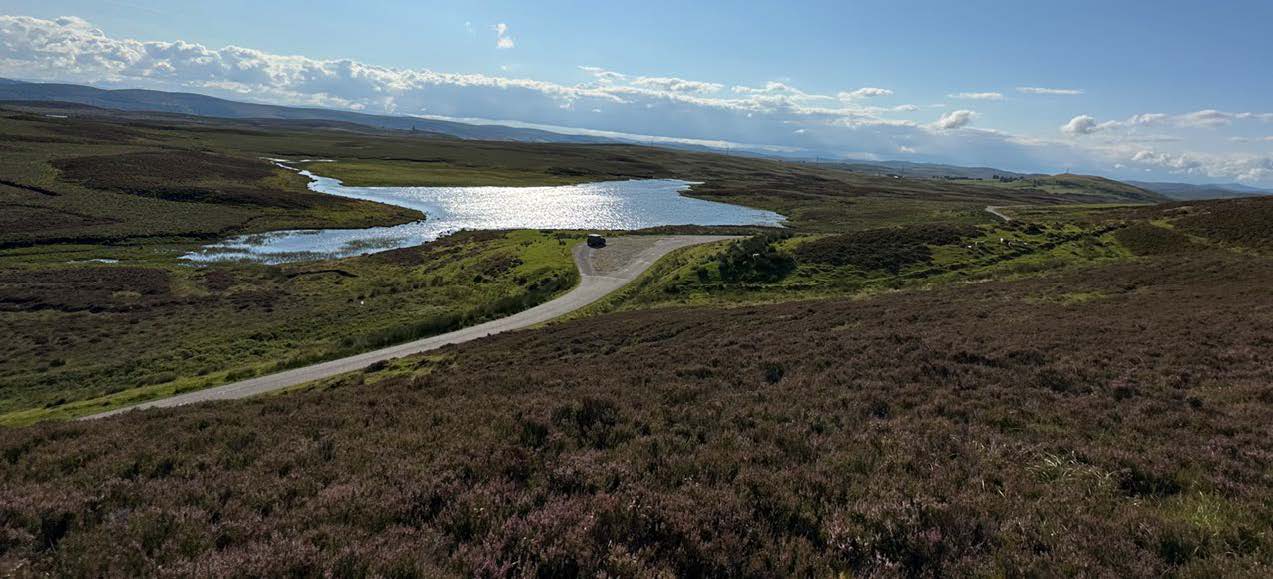
After 6.45 hours of driving, we arrived at the end of the tarmac road and the beginning of our long trek into the hills. With no phone signal for the foreseeable, we bid farewell to our loved ones, put on our heavy packs, and hit the trail. Pretty soon the trail petered out, and we had to rely on our newly acquired orienteering skills using only a trusty OS map and compass to navigate into the far-flung nooks and crannies. After a light lunch of penne arrabiata, San Pellegrino, Parmigiano-Reggiano, polished off with a Werther’s Original for the road, we packed up the MSR stove and hot-footed the final few miles before arriving at our desired site.
Alas, by now the day’s breeze had withered to nothing. Beset with midges, we pushed on through chest-high bracken, driven on only by our innate desire as PhD students to make an original contribution to science.
Although we cursed the midges, without the howling wind in our ears we were able to detect the sounds of the wildlife surrounding us. While consulting our maps, in the distance we heard an unusual call.
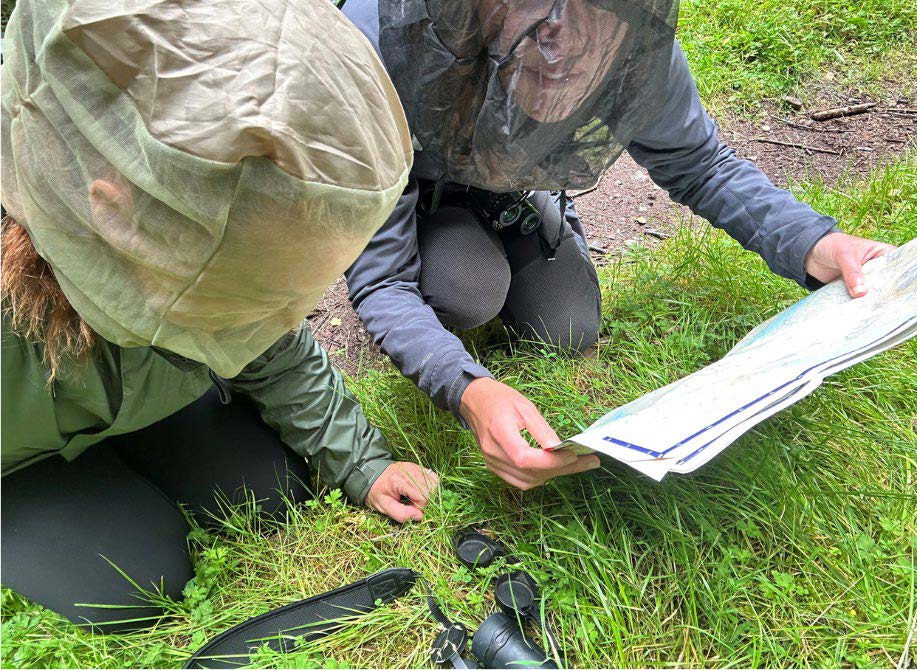
We consulted each other, and our field guide, to no avail. It was unlike any sound our highly trained scientists’ ears had ever encountered. A haunting, yet melodious call, from deep in the undergrowth. We instinctively made ourselves small and non-threatening, creeping stealthily towards the sound.
We approached with trepidation, exhilarated by what we might see.
There had long been reports of an illusive animal known only to the highlands.
Could it be?
No. We dared not hope.
The noise repeated only fleetingly over the next 3 hours. As we crouched quietly, dusk began to fall. To keep a constant watch, we ate in shifts, one pair of eyes staring unblinkingly down our binoculars. As the light faded, our eyes began playing tricks on us. But a faint snuffling noise was audible from the undergrowth. The bracken began to tremble, we crept closer, not wanting to startle this crepuscular creature. With awe, we watch the tiny nose emerge. We could not believe our eyes. Shuffling on its uneven legs appeared the legendary Ludus fictus hispidus haggis silvestris (Image 4)!
The benefit of being part of a QUADRAT cohort is the team building and camaraderie forged between researchers. Without this, we would not have been able to capture evidence of this sighting and bring this report to the wider scientific community.
